Facilities
From newly refurbished residence halls and dining areas to renovated classrooms, newly built educational centers and an impressive, 15,000-square-foot fitness facility, the College has invested millions of dollars to provide students with the best and most effective learning and recreational opportunities.
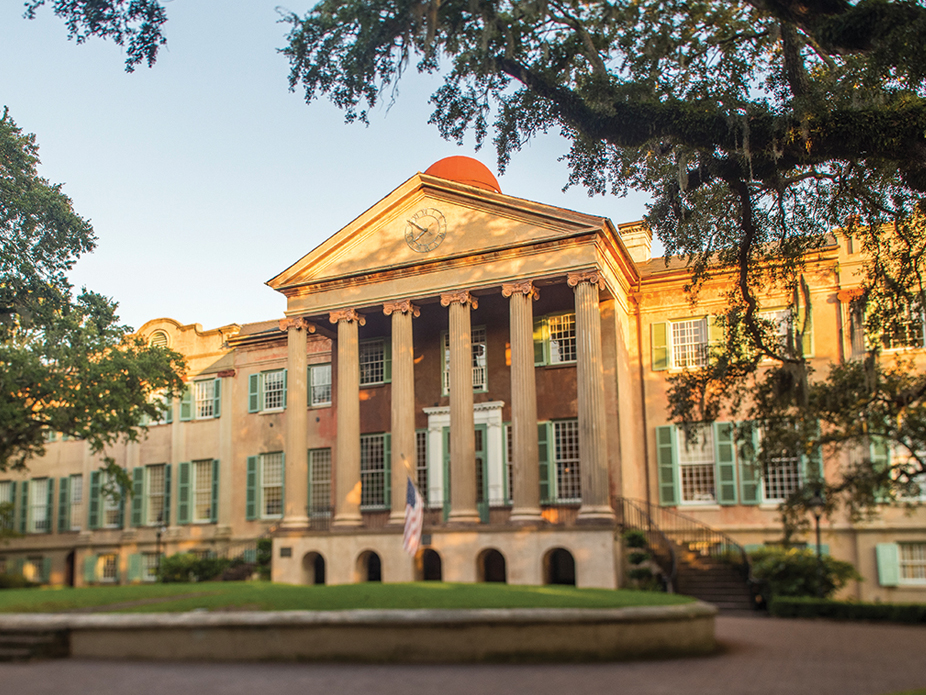
Randolph Hall
The College's oldest building (1828-30), iconic Randolph Hall, serves as home to administrative offices as well as — fittingly — the Department of Classics. The historic building is one of the many reasons the College of Charleston earned the distinction as Travel + Leisure's Most Beautiful College Campus.
Named for longtime College president Harrison Randolph (1897 to 1945) in 1972, the building was simply known as College Hall and the Main Building.
Although the original core of Randolph Hall has endured for nearly two centuries — surviving a major earthquake, multiple hurricanes and the Civil War — it was expanded and renovated throughout the 19th century. In 1852, the College opened a natural history museum on the third floor of Randolph Hall, and an observatory was installed on the roof in 1872-1874.
Today, the building serves as a stunning backdrop for the school’s signature spring commencement ceremonies. It has also been a popular filming location for movies, television shows and news broadcasts.
The other two historic structures in the Cistern Yard are Towell Library, which was dedicated in 1856 and served as the library for the College until 1972, and Porter’s Lodge, which was constructed in 1850-51. In addition to serving as the symbolic entrance to the College, Porter’s Lodge has housed janitors, student clubs and faculty offices.
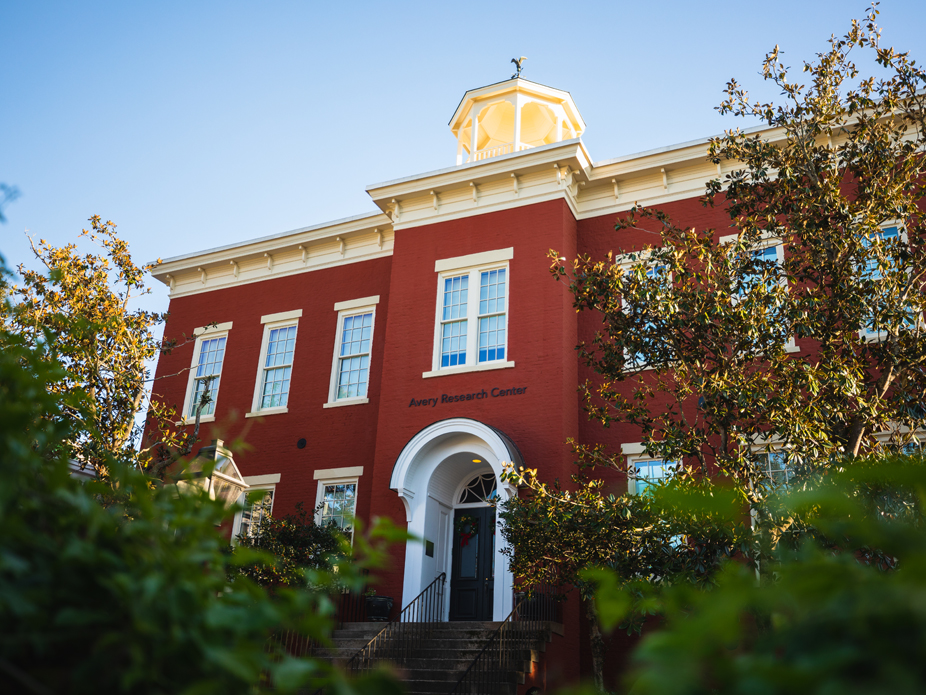
Avery Research Center
Founded in 1865 as the Avery Normal Institute, this community hub provided education and advocacy for the growing Charleston African American community. Although it closed its doors in 1954, graduates preserved the legacy of their alma mater by establishing the Avery Institute of Afro-American History and Culture.
The modern rebirth of Avery began in 1985 with the Avery Research Center for African American History and Culture at the College of Charleston. The Avery Research Center collects art and archival materials that document the history, traditions and legacies of African Americans and their influence on American society and culture as well as their place within the American narrative. The Avery Center is located at 125 Bull St.

TD Arena
Home of Cougar men's and women's basketball and women's volleyball teams. The 270,000-square-foot TD Arena is one of the premier event facilities in the Coastal Athletic Association. The complex has seating for 5,000, along with a jumbo screen, a VIP box, an elegant hospitality area, four concession stands, an expanded media room and locker rooms for multiple teams. The arena also serves as a venue for various College events, including winter commencement and EXPO. TD Arena also houses the College of Charleston’s Athletics Hall of Fame.
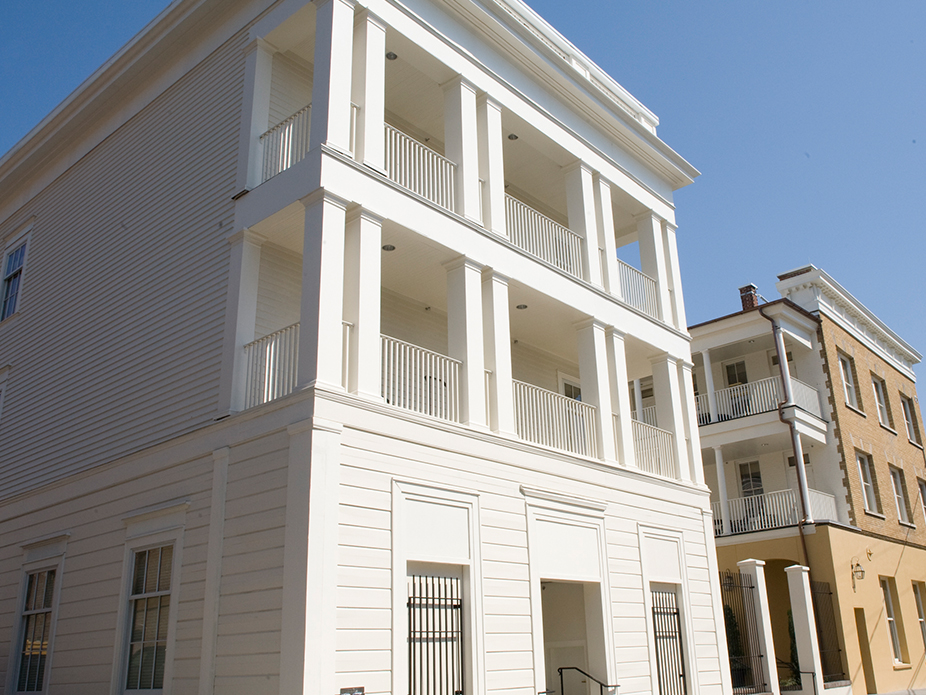
School of Education
A contemporary facility housed in traditional architecture, the new home of the School of Education comprises 24,000-square-feet, and houses 44 faculty offices, conference rooms as well as a curriculum resource center.

Harbor Walk
Immediately adjacent to Charleston Harbor, Harbor Walk is home to the Department of Computer Science and it's Computer Science Student Innovation Center. The 45,000-square-foot contemporary complex includes classrooms, faculty offices and laboratories.
Situated in the Aquarium Wharf just six blocks from the main campus, Harbor Walk is easily accessed by way of a shuttle bus that is free for students, faculty and College staff.
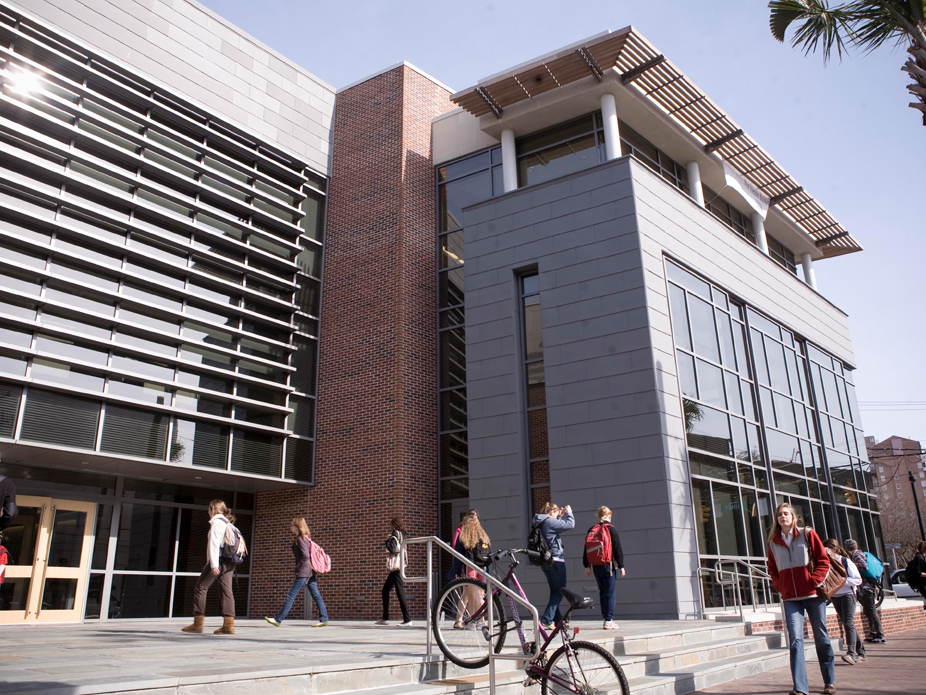
School of Natural and Environmental Sciences
This state-of-the-art building features classrooms, offices, laboratories and a 150-seat auditorium. The Mace Brown Museum of Natural History, located on the second floor, is a great place to learn about fossils, dinosaurs, ocean life through time and more.
Don’t miss the reconstructed jaw, which holds real teeth from the giant, extinct shark Megalodon.
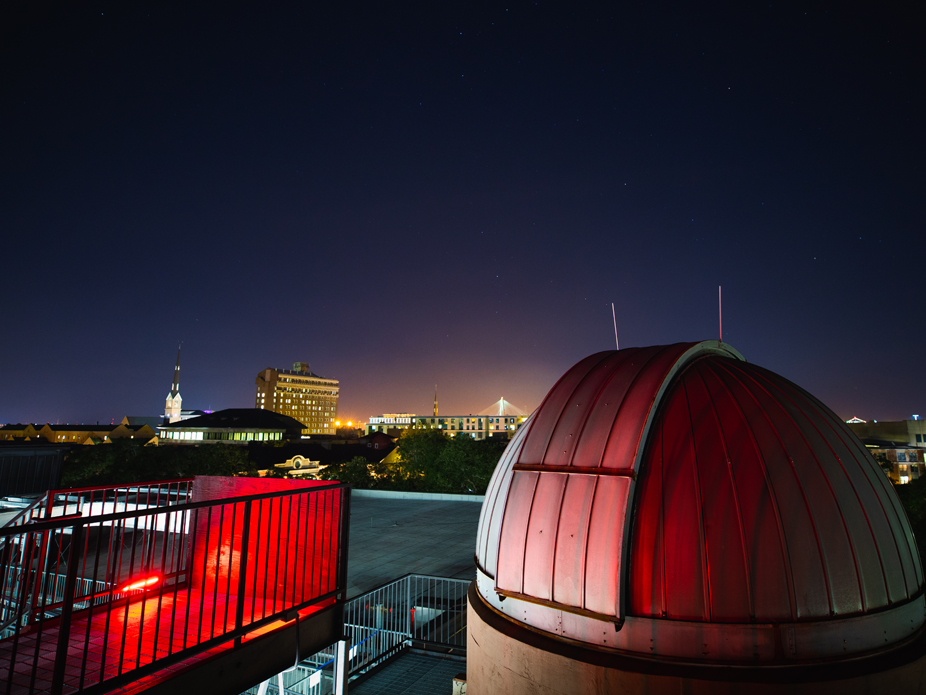
Rita Hollings Science Center
The academic home to students studying biology, physics, astronomy and psychology, this newly renovated building includes 8 classrooms, 51 research labs and 27 teaching labs. The fourth-floor roof houses the astronomy lab, control room, telescope dome, astronomy deck and vivarium.
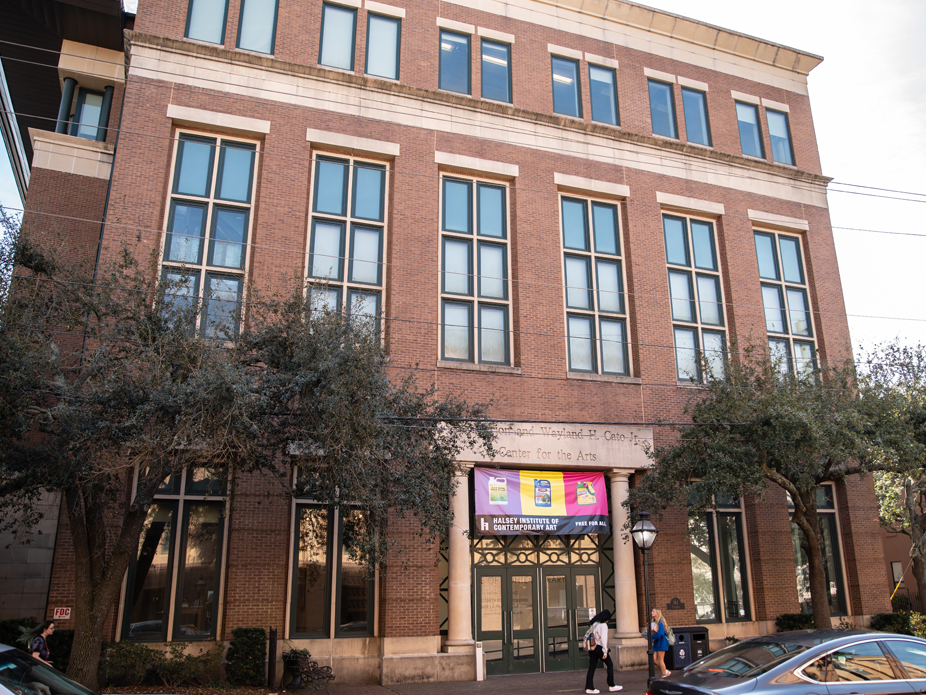
Marion and Wayland H. Cato Jr. Center for the Arts
This 74,000-square-foot addition to the Albert Simons Center for the Arts includes teaching studios, performance classrooms, smart classrooms, a choral and ensemble practice room, as well as a gallery space for the Halsey Institute of Contemporary Art, complete with a media room and a space for special collections.
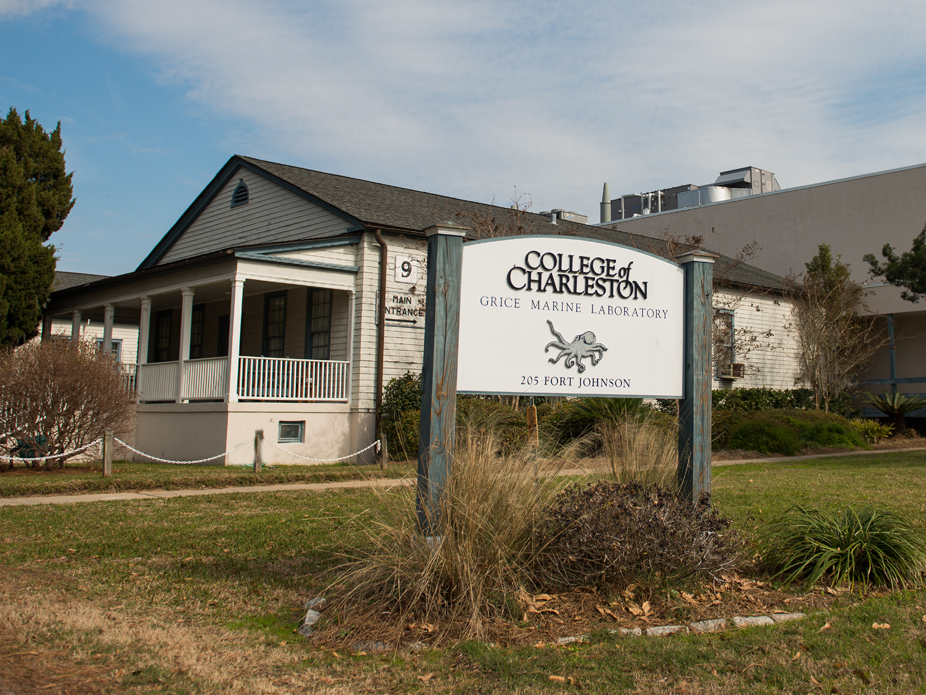
Grice Marine Lab
Located at Fort Johnson on James Island, the Grice Marine Lab (GML) is home to the College of Charleston marine biology programs.
GML shares space with valuable partners including the Hollings Marine Lab, Medical University of South Carolina bio-marine environmental and coastal health graduate program, S.C. Department of Natural Resources (DNR), Center for Coastal and Environmental Health and Biomolecular Research, National Ocean and Atmospheric Administration (NOAA) and the National Institute of Standards and Technology (NIST).

Stono Preserve
This majestic 981-acre property along the Stono River and the Intercoastal Waterway includes myriad ecosystems like long-leaf pine forests, wetlands, savannahs, tidal marshes, as well as brackish, saltwater and freshwater ponds.
Stono Preserve provides unmatched research and educational opportunities for students and faculty at the College of Charleston.
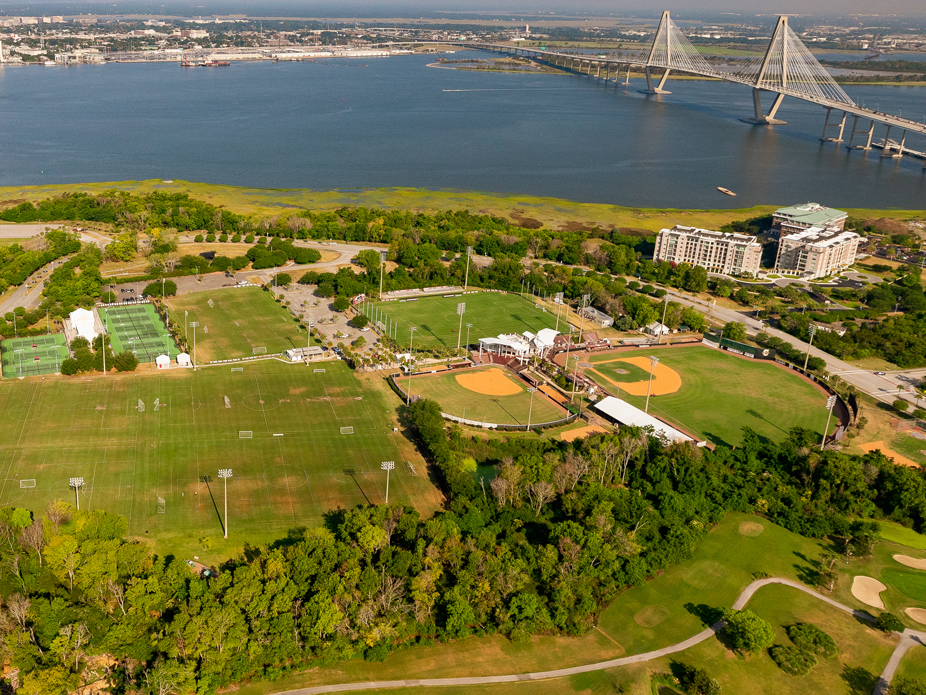
Patriots Point Athletic Complex
Go Cougars!
Just a short drive from the College in Mount Pleasant, S.C., the Patriots Point Athletic Complex serves as home fields, courts and pitch to the Cougar baseball, softball, tennis and soccer teams.
The complex features covered, chair-back seating, a hospitality deck and seating for 2,000 spectators. It also has a 3,000-square-foot indoor practice facility.
J. Stewart Walker, Jr. Sailing Complex
Located in the Patriots Point Marina on the Cooper River, the sailing center is located directly across the harbor from the Charleston peninsula.
The College of Charleston sailing team is one of the top teams in the nation and has won numerous national championships. The team has also been represented at several Olympic Games including the 2020 Games in Tokyo.
The venue provides sites for team practice and home regattas, and it is used for instructional purposes as well.